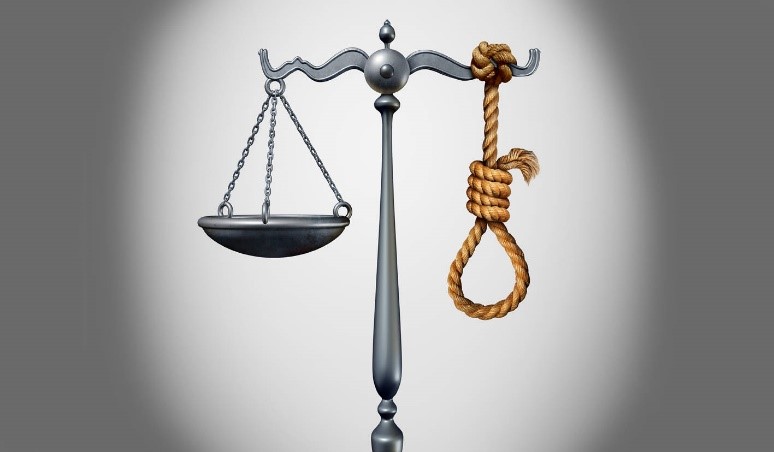Free Courses Sale ends Soon, Get It Now


Free Courses Sale ends Soon, Get It Now



Disclaimer: Copyright infringement not intended.
Context
Findings of the Report
Key Statistics:
Geographical Distribution:
Legal Proceedings:
Supreme Court Involvement:
Presidential Intervention:
Trends over the Years:
The report underscores the complex dynamics surrounding the death penalty in India, highlighting both quantitative increases and qualitative concerns in legal proceedings and judicial interventions.
Legal Framework:
Judicial Process:
Current Status:
Debate and Controversy:
Recent Developments:
Arguments in Favor:
Arguments Against:
Suggestions for Reform:
Conclusion:
|
Project 39 Project 39 is a criminal justice research and legal aid initiative established at the National Law University in Delhi. Inspired by Article 39-A of the Indian Constitution, which advocates for equal justice and equal opportunity by removing economic and social barriers, Project 39 aims to promote access to justice and uphold human rights principles. |
|
PRACTICE QUESTION Q. What is the primary interpretation of Section 43D (5) of the Unlawful Activities (Prevention) Act (UAPA) as discussed in a recent Supreme Court ruling? a) Bail is granted as a rule and jail as an exception, emphasizing the accused's right to liberty b) Bail is restricted, with the presumption of innocence outweighed by the severity of charges under the UAPA c) Bail is determined based on the accused's financial resources and social standing, irrespective of the charges d) Bail is granted based on the court's discretion, considering the accused's cooperation with the investigation Correct Answer: b) Bail is restricted, with the presumption of innocence outweighed by the severity of charges under the UAPA PRACTICE QUESTION Q. Examine the Unlawful Activities Prevention Act (UAPA) in India, assessing its efficacy in combating terrorism while addressing civil liberties concerns. |
© 2024 iasgyan. All right reserved